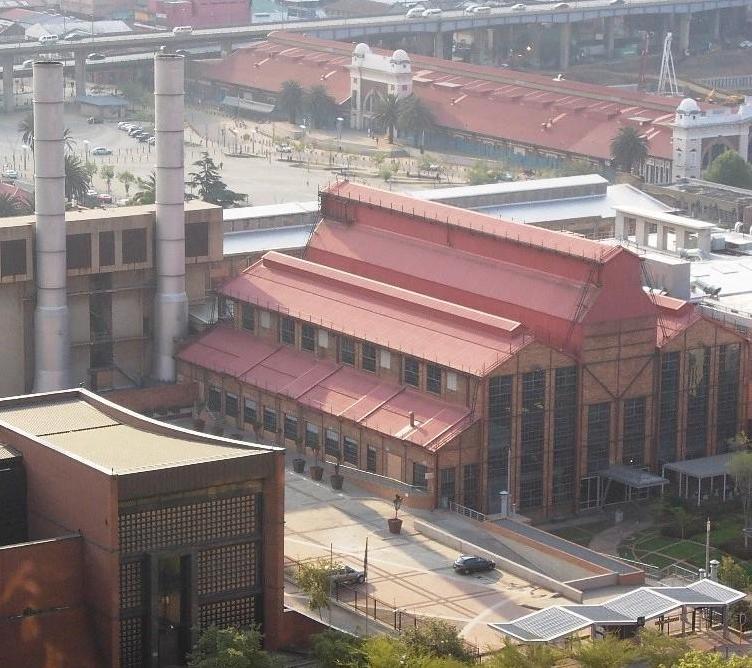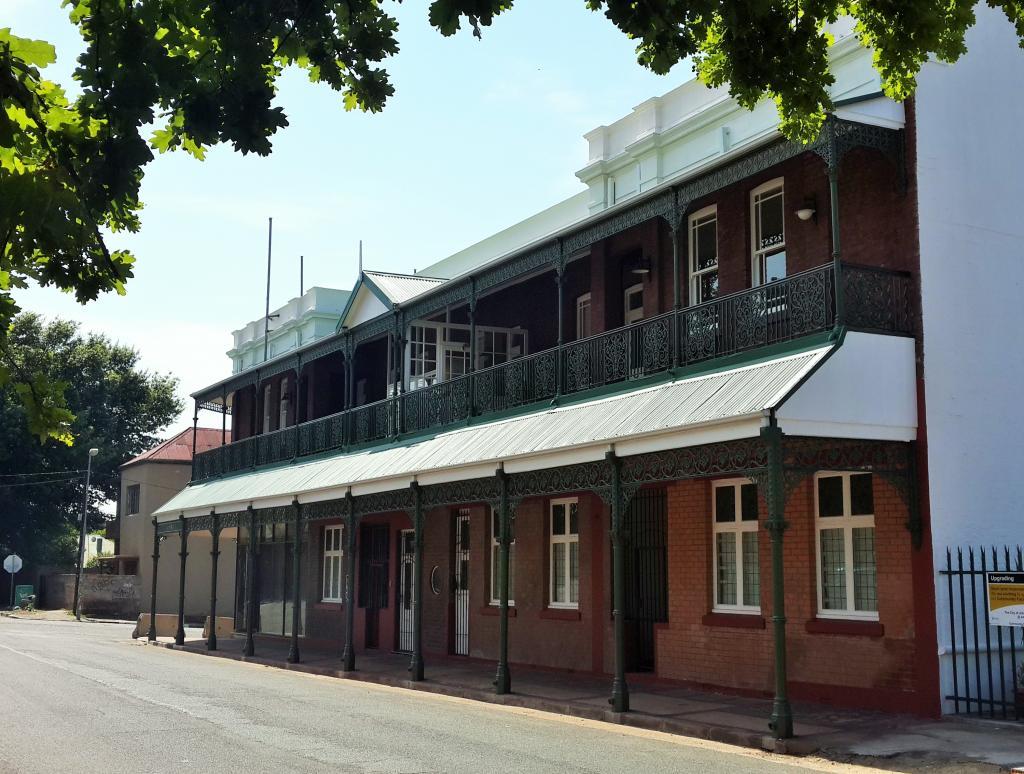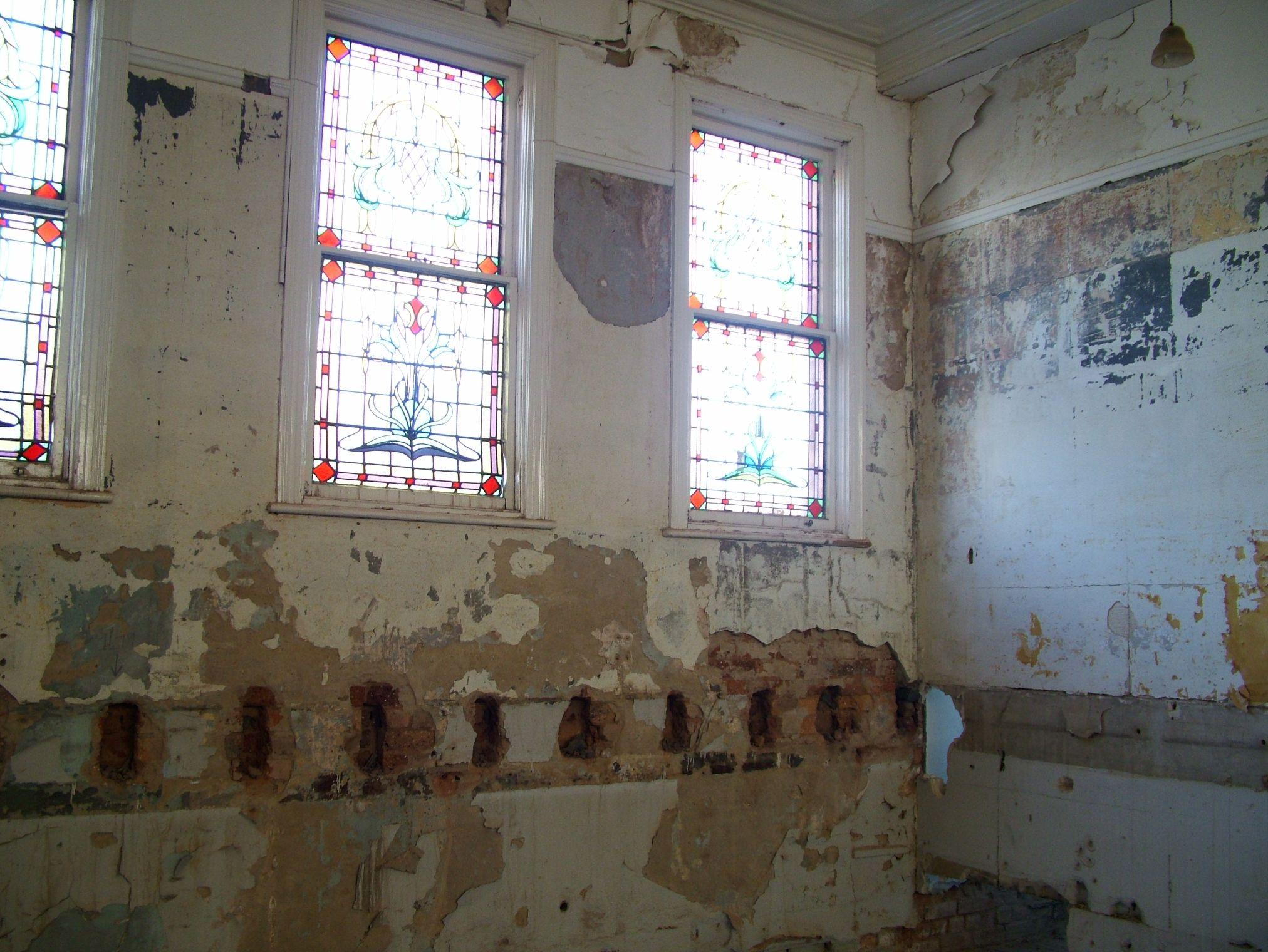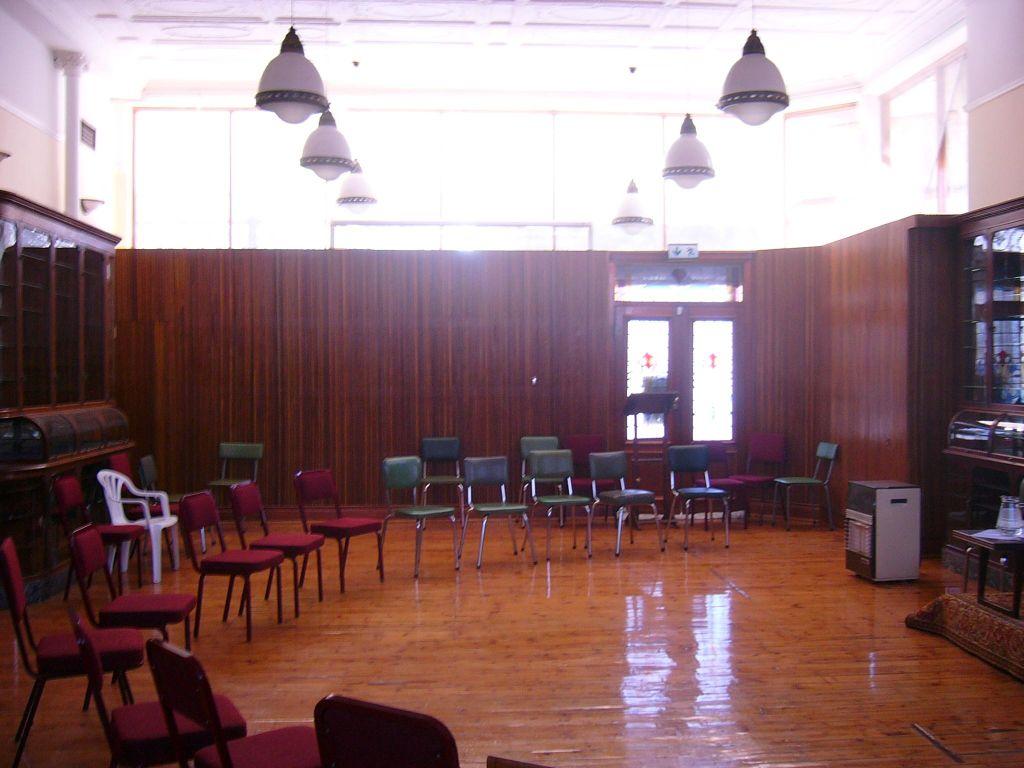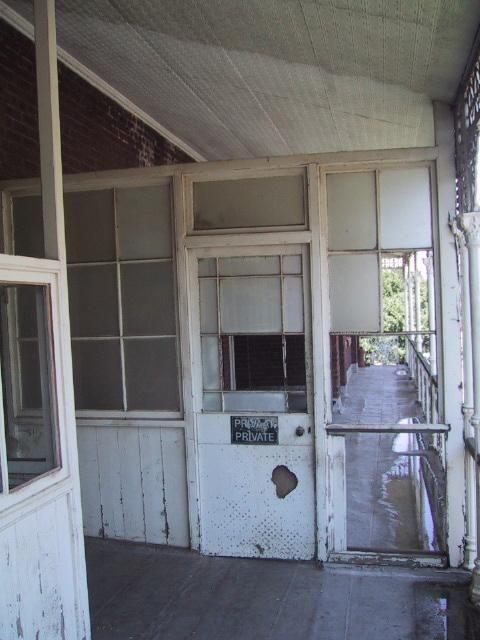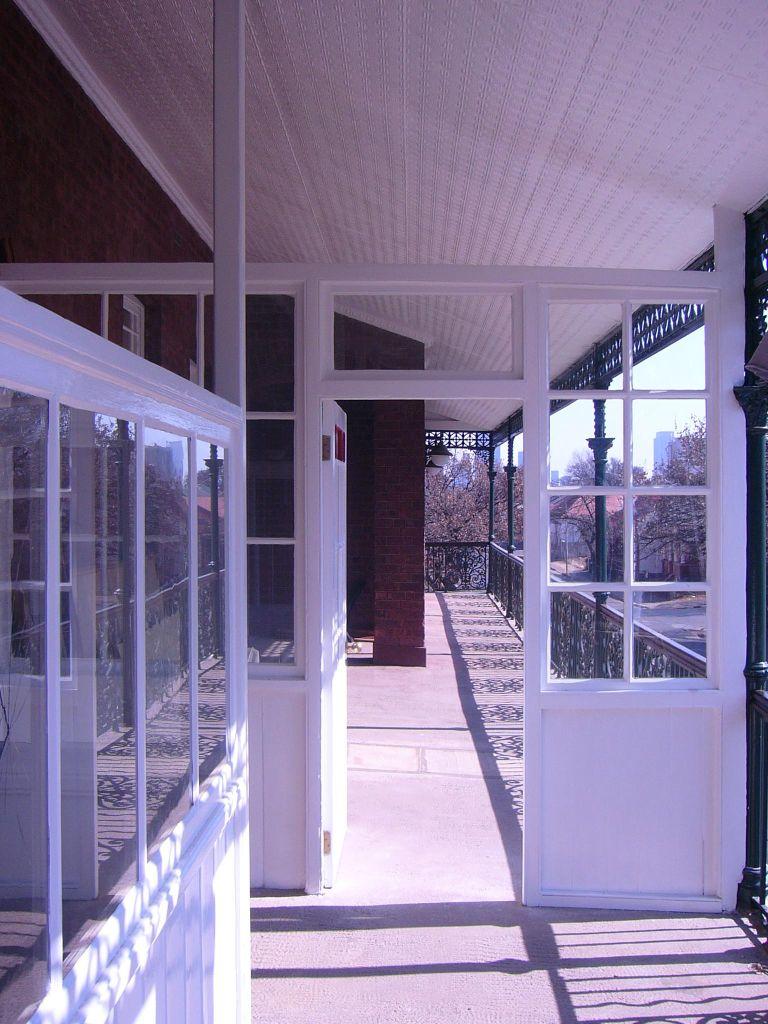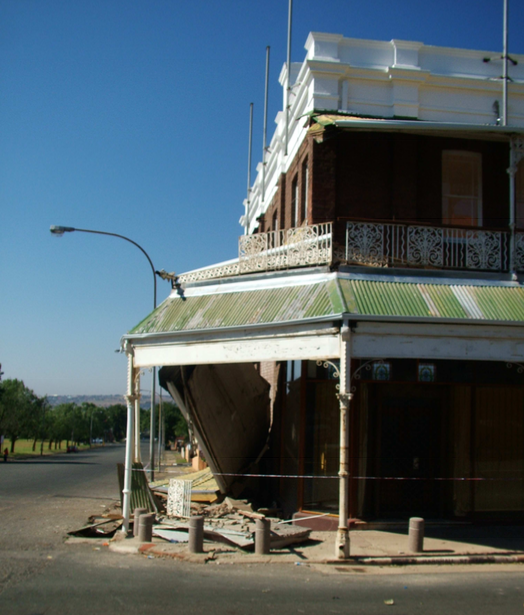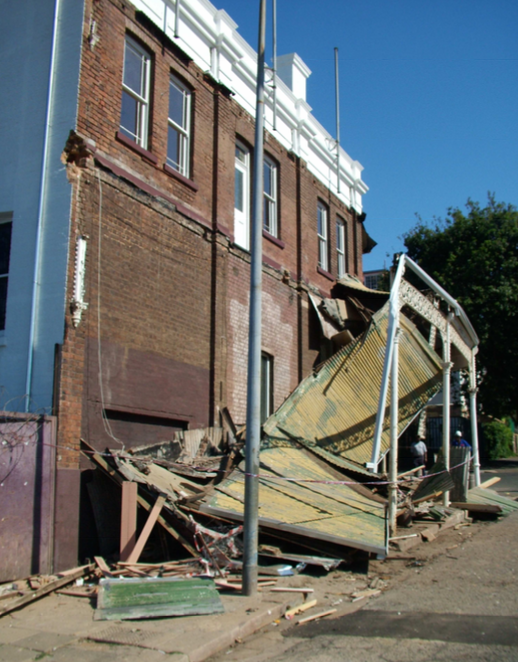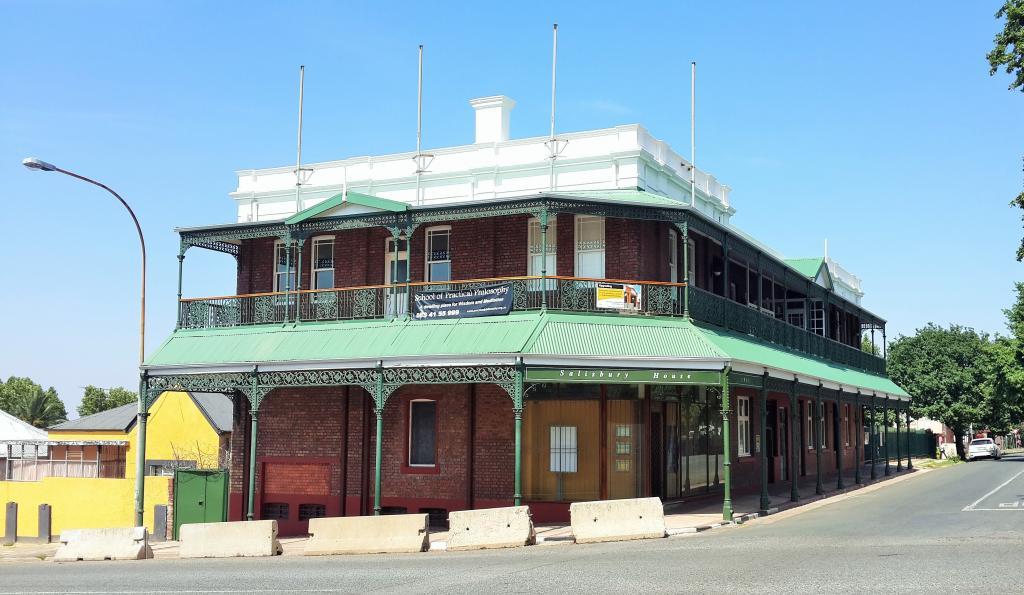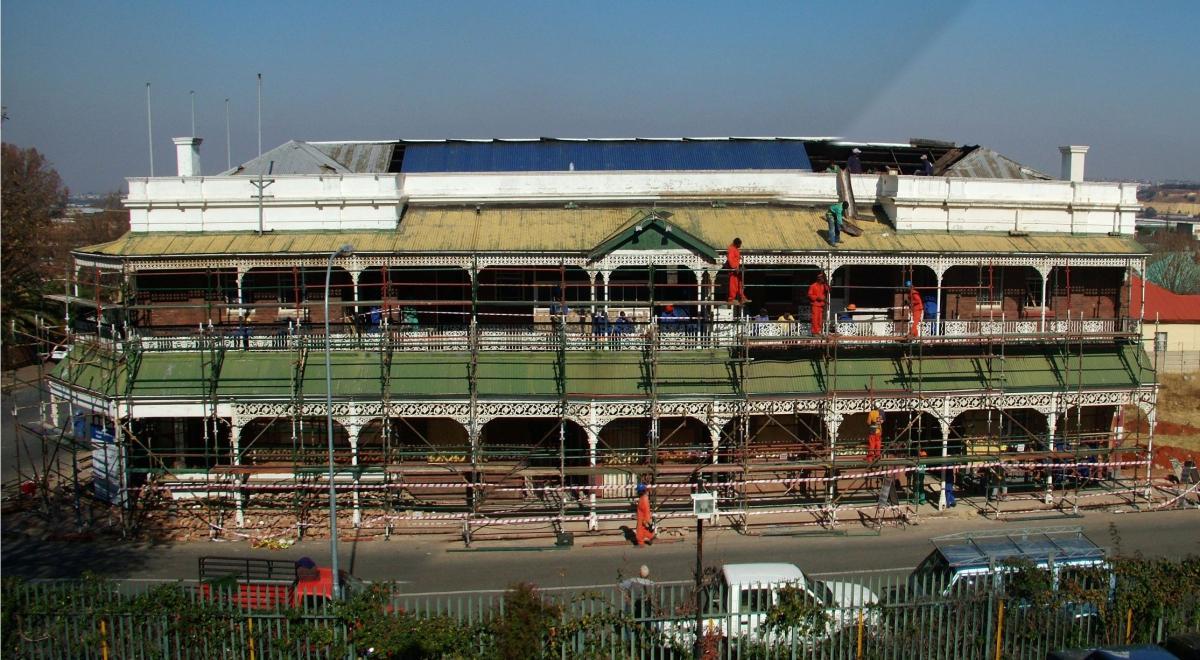
Disclaimer: Any views expressed by individuals and organisations are their own and do not in any way represent the views of The Heritage Portal. If you find any mistakes or historical inaccuracies, please contact the editor.
In the article below, journalist Lucille Davie reflects on the 2005 restoration of Salisbury House. The article was first published on the City of Joburg's website on 4 July 2011. Click here to view more of Davie's work.
One of Joburg’s oldest buildings – Salisbury House in Belgravia – has received the Johannesburg Development Agency’s Halala Conserving Joburg or Colosseum Award.
The building, built in 1903, was on the brink of ruin in 2000, when the School of Practical Philosophy (SPP) approached its owners, the Johannesburg Property Company (JPC), with a proposal to restore it. Over the next five years they gave it much loving care, and today it shines in the glow of that care.
“Salisbury House is now recognised as an authentic restoration, following the principles of the internationally accepted Burra Charter for the conservation of sites of significance,” said the judges. The charter specifies a series of detailed rational processes to be followed under different disciplines of conservation. These are commonly a combination of preservation, restoration, reconstruction, adaptation and maintenance.
This category is open to both developers and owners, and acknowledges “outstanding achievement in conservation of heritage buildings in the inner city”. The judges described Salisbury House as “a South African landmark”.
The Halala Joburg Awards ceremony took place last week, and awards were given in the categories Sustaining Joburg; Relaxing & Playing Joburg; Caring Joburg; Working & Buying Joburg; Living Joburg; and Conserving Joburg.
The Colosseum Award has previously been given for the restorations of Turbine Hall in Newtown, the Old Reserve Bank Building in the heart of the CBD, the Beacon Royal flats in Yeoville, and the Numsa Head Office in Newtown.
Turbine Hall from above (The Heritage Portal)
Says Christine Meissner, the architect involved in the restoration of Salisbury House and an SPP member, about receiving the award: “It was unbelievable and surreal, followed by a lot of joy and contentment.”
The double storey building, on the corner of Berg and Marshall streets, was built to house several shops on the ground floor, with flats above each shop. Only one shop owner moved in – Anderson’s Chemist, which existed for some time. A dentist had rooms in the building too. Five separate doors in the building along Marshall Street indicate provision for five shops, with stairs leading to the flats above the shops.
The building’s fine brickwork, broekie lace, green corrugated iron roof and cast iron posts running along the street point to its Victorian origins.
A Johannesburg Heritage Landmark (The Heritage Portal)
Derelict
Meissner says that when the SPP took on the project, the building was in a derelict state. Wooden floors had been removed, gorgeous fireplaces had been ripped out of the walls, and the roof leaked. Beautiful stained-glass windows were largely intact, but where necessary have been sensitively replaced, duplicating the original pattern. Light fittings have also been reproduced.
'
Stained glass windows during restoration (Christine Meissner)
She points out a small portion of wallpaper that has been preserved behind glass. It lined the walls of the chemist. Two large glass-fronted shop cabinets have also survived, and remain in the large corner space that was the chemist.
Tall pressed-steel ceilings have been repaired and wooden floors now gleam richly. Fireplaces have been replaced and brass door handles and light switches shine. Portions of wallpaper have been reproduced in one of the upstairs rooms, a unique challenge as the wallpaper was embossed.
Wooden floors now gleam richly (Christine Meissner)
The rooms now serve the SPP as lecture, dance and drama rooms. The school has as its aim “to be a centre of spiritual and practical knowledge which can help people realize their true nature and which can be of real service to humanity. Love of humanity and its expression in creation is its purpose”, according to its website.
The SPP maintains the house, and once a week it cleans the immediate neighbourhood around the building, its service to the community.
In other restoration work, the decorative cast iron balustrade running along the upstairs balcony of the house needed repair. Meissner says the bathrooms were also refurbished, and a complete flat was made upstairs, for use by visitors. The restorers repaired the gas installation and made the house fire compliant.
Portion of the upstairs balcony before restoration (Christine Meissner)
After restoration (Christine Meissner)
She adds that the brass pointing or edging on each stair of the many stairways was stripped except for one piece; she hopes in time to be able to replace it.
Several weeks after the restoration was completed in 2005, a car slammed into one of the balcony posts in Berg Street, bringing down that section of the balcony. This is to be repaired in the future, when the JPC is ready.
The 2005 accident (Christine Meissner)
Another shot of the 2005 accident (Christine Meissner)
Funding
The property company supplied R3,5-million for the restoration, while the SPP contributed R700 000. A further R800 000 was supplied by the Lotto.
But the restoration is not complete – once funding is available, the SPP would like to install air conditioning, and with more funding it would also like to re-do the pavement in Marshall Street and have the storm water pipes enlarged.
Meissner says that she and the SPP have noticed that the neighbourhood has improved, and they like to think that the work they have done with Salisbury House has made a contribution to the upliftment of the community.
A contribution to the upliftment of the community (The Heritage Portal)
The school is hoping to form a spiritual hub in the suburb, which contains many churches and schools.
She refers to a paragraph in the National Heritage Resources Act No 25 of 1999, which notes: “Our heritage is unique and precious and it cannot be renewed. It helps to define our cultural identity and therefore lies at the heart of our spiritual well-being and has the power to build our nation. It has the potential to affirm our diverse cultures, in doing so shape our national character. Our heritage celebrates our achievements and contributes to redressing past inequalities.”
She agrees: “This ideal in the act has happened here – it is inspiring.”
Lucille Davie has for many years written about Jozi people and places, as well as the city's history and heritage. Take a look at lucilledavie.co.za
Comments will load below. If for any reason none appear click here for some troubleshooting tips. If you would like to post a comment and need instructions click here.

